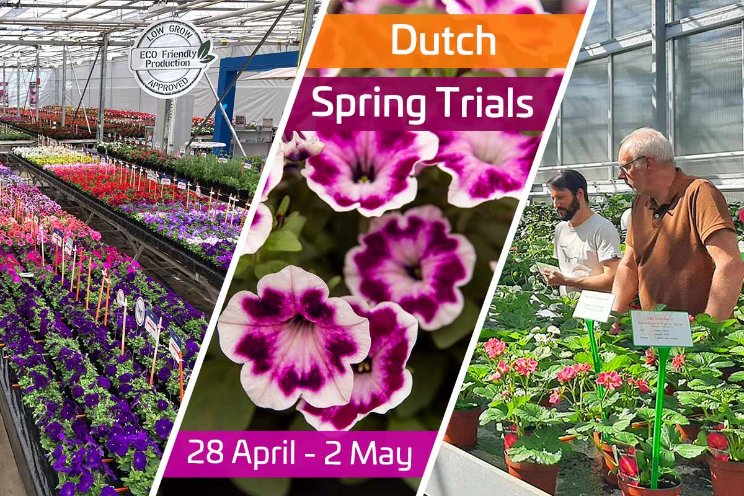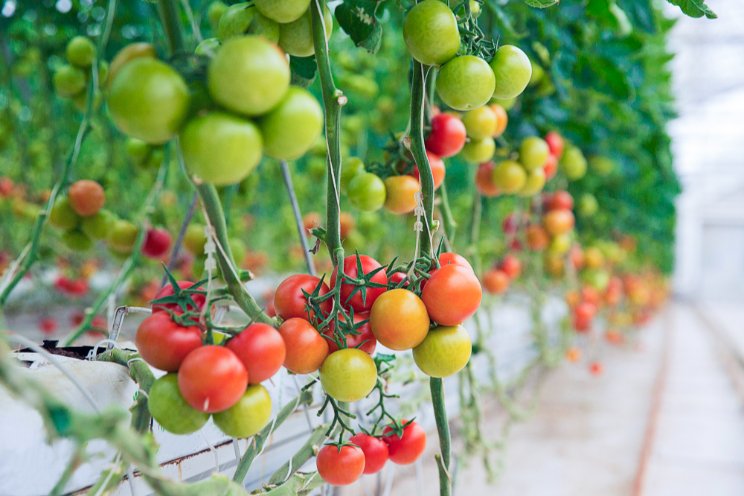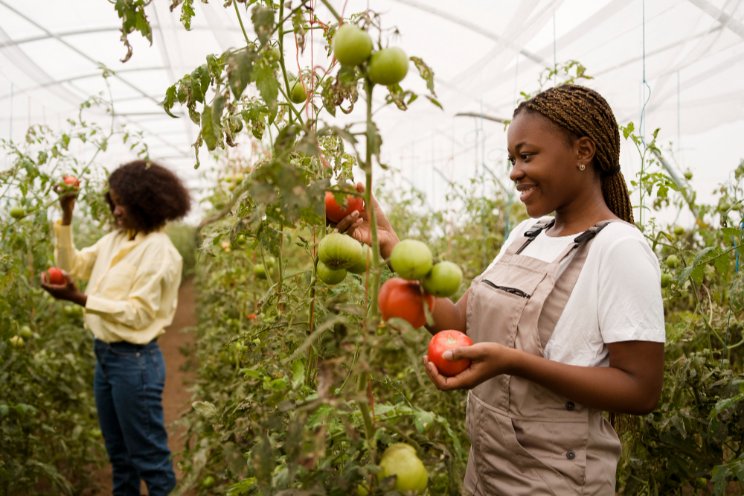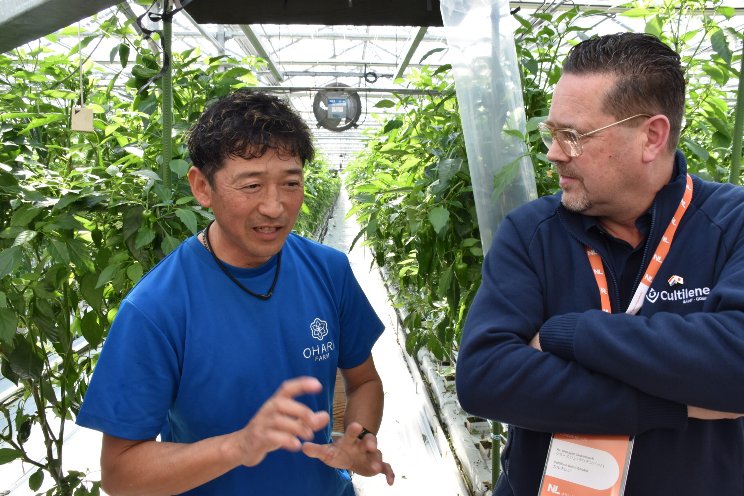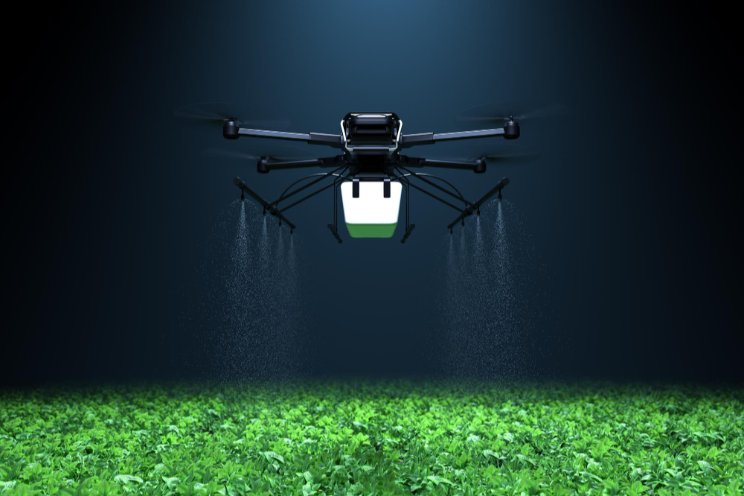Biologicals are a complementary or an alternative solution
Added on 18 December 2023

″Beyond that, I am convinced that biologicals will bring the greatest benefits to agriculture if we combine them in a smart way with traditional crop protection products, digital farming technologies and next-generation seeds,″said Stephanie Jensen, Vice President, Crop System Rice and Portfolio Solutions Insecticides and Seed Treatment at BASF Agricultural Solutions in a recent interview with AgroPages.
She also shared her views on the drivers and challenges of biologicals; the regulatory landscape of biologicals; BASF’s biological lines and relevant facilities & capabilities, as well as the future development trend of biologicals etc.
Could you describe the market landscape of the biological market? What are the drivers, challenges and trends of the development of biologicals?
Biological pest and disease control has been around for centuries, but this sector has been rapidly expanding of late, mainly driven by the need to reduce the impact of farming on the environment and benefitting from R&D advances in biology and production.
However, the further adoption of biologicals is still challenged by various reasons, such as the limited shelf life of some biological products and the fact that they may require different storage conditions than conventional products. At BASF, we are working to overcome these hurdles, for example with innovations in formulation and by strategically locating R&D and production sites around the world to safely deliver the living products to growers in shorter shipping times.
More news
